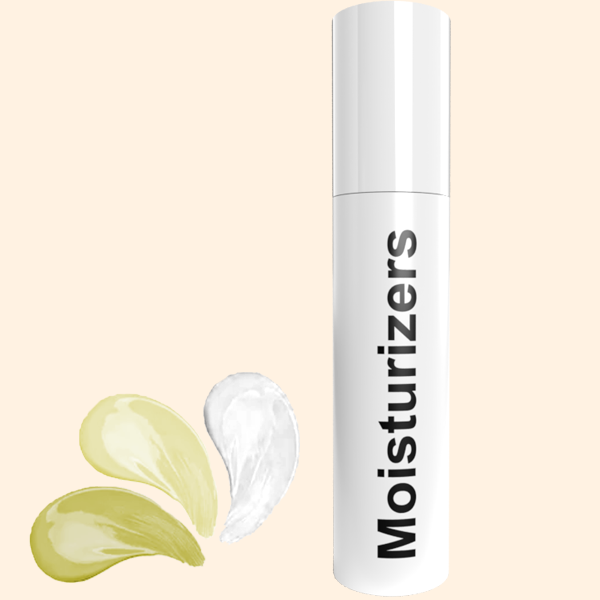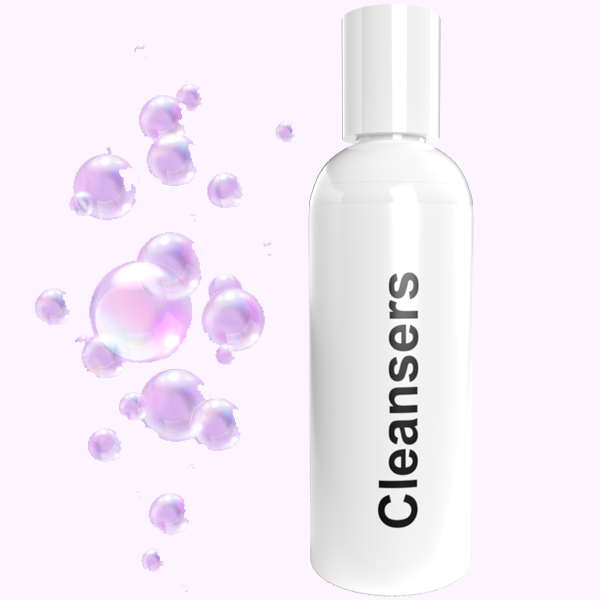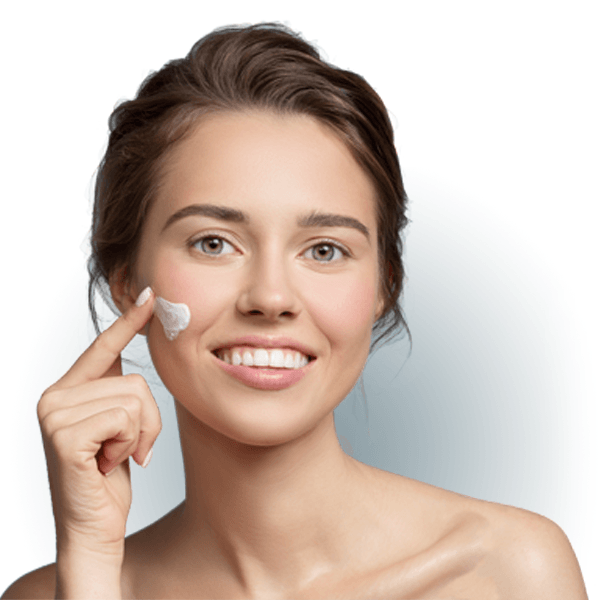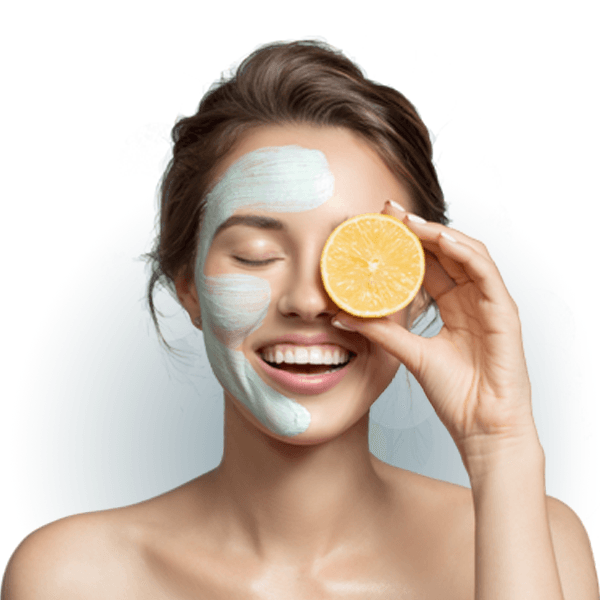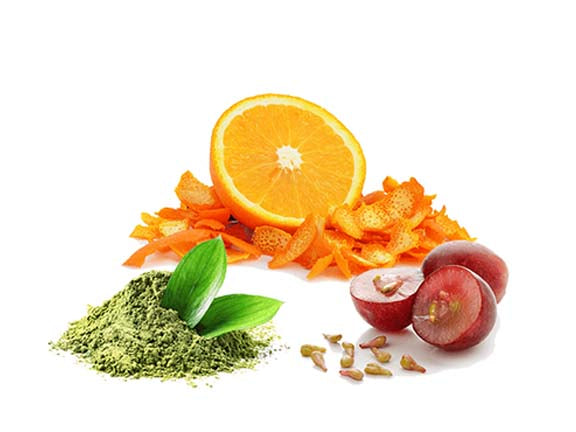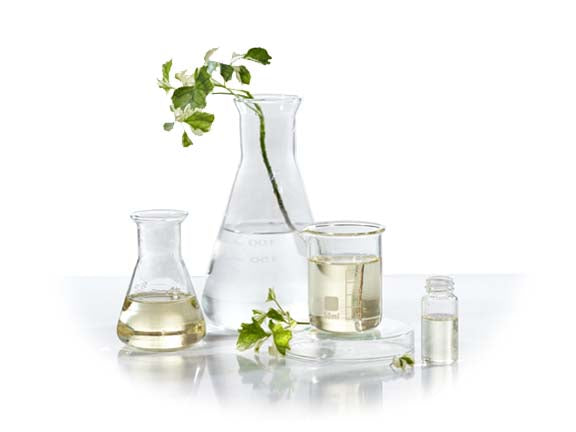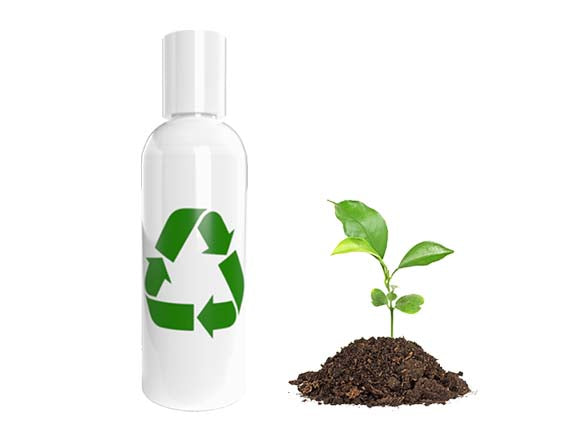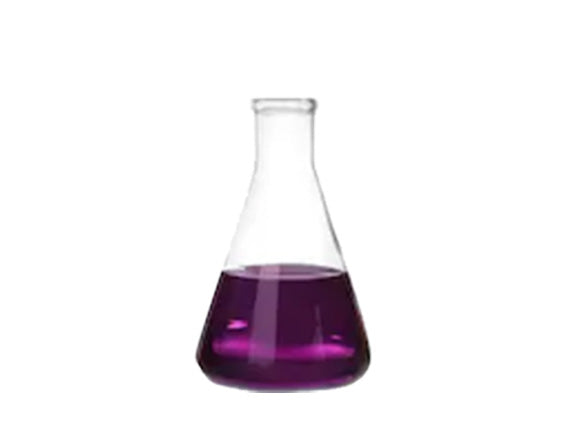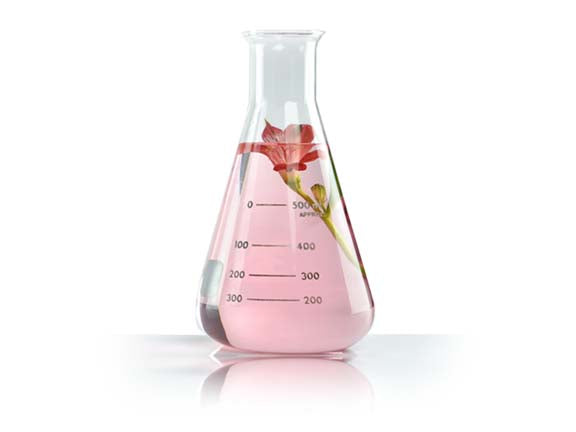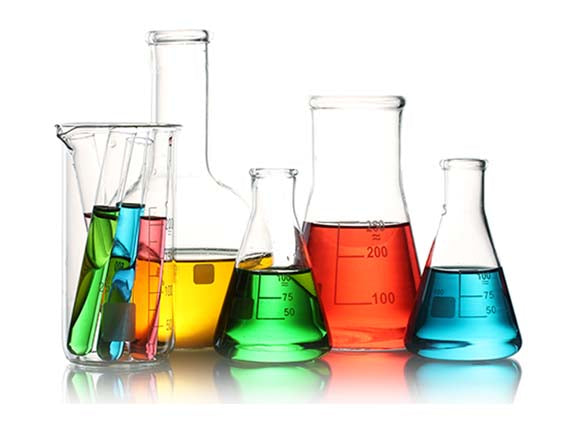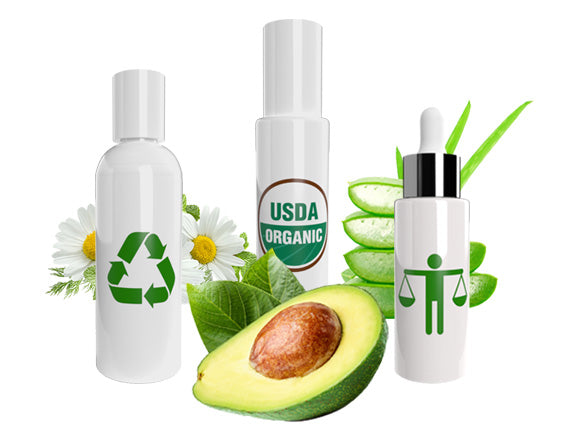Skin Damaging Chemicals we Avoid
Animal fats, oils, and musks
- Tallow, rendered beef or mutton fat, oils or musks from animals like mink, emu and sharks that are procured after an animal has been killed.
Benzalkonium chloride
- A disinfectant used as a preservative and surfactant. This ingredient is associated with severe skin, eye and respiratory irritation and allergies.
Benzophenone and derivatives
- A possible human carcinogen and hormone disruptor used as a fragrance ingredient and to absorb ultraviolet light.
Bisphenol A (BPA)
- A hormone disruptor that may also alter DNA, used in plastics and resins.
Butoxyethanol
- A solvent used to control viscosity, or a “fragrance” additive. It irritates skin and may cause cancer and reproductive toxicity.
BHA and BHT
- Synthetic antioxidants used to extend shelf life. They are likely carcinogens and hormone disruptors, and may cause liver damage.
Chemical Sunscreens (with Retinyl Palmitate, Oxybenzone and Octyl Methoxycinnamate)
- May be potentially carcinogenic or have other health risks, including skin irritation. When many of the chemicals used in popular sunscreens are exposed to sunlight, reactions occur between the sunscreen’s active and inactive ingredients and the epidermis. Toxic reactions include inflammation, dermalogical effects, allergic reactions and photogenotoxic (DNA altering) effects. Chemical sunscreens have ingredients that actually promote cancer.
Coal tar hair dyes and other coal tar ingredients (including Aminophenol, Diaminobenzene, Phenylenediamine)
- A byproduct of coal processing that is a known carcinogen. Potential to cause cancer and can be contaminated with heavy metals toxic to the brain.
Essential Oils
- A complex mix of many different chemical components that are known to cause skin irritation and/or allergic sensitization. Often associated with skin allergies, inflammation, redness and contact dermatitis. Can be found in products that are “all natural” or intended, ironically, for “sensitive skin”. Perceived by skin to be complex chemical components and can be linked to the breakdown of collagen.
Ethanolamines (MEA/DEA/TEA)
- Surfactants and pH adjusters linked to allergies, skin toxicity, hormone disruption, and inhibited fetal brain development. Can react to form cancer-causing nitrosamines. Harmful to fish and other wildlife.
Formaldehyde
- A known carcinogen that is also linked to asthma, neurotoxicity, and developmental toxicity. Present where quaternium-15, DMDM Hydantoin, Imidazolidinyl Urea, Diazolidinyl Urea, Sodium Hydroxymethylglycinate, 2-Bromo-2-Nitropropane-1,3 diol (Bronopol) and several other preservatives are listed.
Fragrance or flavor, synthetic OR natural
- An engineered scent or flavoring agent that may contain any combination of 3,000+ stock chemical ingredients, including hormone disruptors and allergens. Fragrance formulas are protected under federal law's classification of trade secrets, and therefore can remain undisclosed.
Hydroquinone
- A skin lightening chemical that inhibits the production of melaninand is a linked to cancer, organ toxicity and skin irritation.
Methyl cellosolve
- A fragrance ingredient and solvent that is an irritant and a possible neurotoxin, developmental toxin, and cause of DNA mutations that could lead to cancer.
Methylisothiazolinone and Methylchloroisothiazolinone
- Chemical preservatives that are irritants, sensitizers and common causes of contact skin allergies.
Mercury and mercury compounds (also listed as Thimerosal)
- Metallic element used as a preservative and antiseptic known to damage brain function.
Oxybenzone
- Sunscreen agent and ultraviolet light absorber linked to irritation, sensitization and allergies, and possible hormone disruption.
Parabens
- A class of preservatives believed to be hormone disruptors, which alter important hormonal mechanisms in our bodies. Parabens mimic estrogen; they can lock on to our cell’s own estrogen receptors and interfere with important natural signals. They may also be associated with triggering breast cancer; although this has not been proven. Look out for ingredients with “paraben” in their name (methylparaben, butylparaben, propylparaben, isobutylparaben, ethylparaben).
Phthalates (DBP, DEHP, DEP and others)
- A class of plasticizing chemicals used to make products more pliable or to make fragrances stick to skin. Phthalates disrupt the endocrine system and may cause birth defects. Toxic to reproduction and harmful to fish and other wildlife.
Polyethylene glycol (PEG compounds)
- PEGs are widely used in cosmetics as thickeners, solvents, softeners, and moisture-carriers. Depending on manufacturing processes, PEGs may be contaminated with measurable amounts of ethylene oxide and 1,4-dioxane, which are both carcinogens.
Resorcinol
- A colorant and fragrance ingredient that is a skin irritant, toxic to theimmune system and organs, and suspected to cause hormone disruption.
Retinyl palmitate and Retinol (Vitamin A)
- A nutrient that may damage DNA and speed the growth of skin tumors when used topically.
Sodium Lauryl Sulfate and Sodium Laureth Sulfate (SLS and SLES)
- SLS and SLES are surfactants that can cause skin irritation and trigger allergies. SLES is often contaminated with 1,4-dioxane, a byproduct of a petrochemical process called ethoxylation which is used to process other chemicals in order to make them less harsh.
Synthetic flavor or fragrance
- An engineered scent or flavoring agent that may contain any combination of 3,000+ stock chemical ingredients, including hormone disruptors and allergens. Fragrance formulas are protected under federal law's classification of trade secrets, and therefore can remain undisclosed. Found in all types of cosmetics.
Toluene
- A volatile petrochemical solvent that is toxic to the immune system and can cause birth defects.
Triclosan and Triclocarban
- Antimicrobial pesticides toxic to the aquatic environment; may also impact human reproductive systems.

